The island of Cozumel, located in the Caribbean Sea off the eastern coast of Mexico’s Yucatan Peninsula, has a rich and fascinating history that spans thousands of years. From ancient Mayan settlements to Spanish colonization and modern-day tourism, Cozumel’s history has shaped its unique identity and allure. Here is a detailed account of the island’s captivating past:
Cozumel was inhabited by the Mayans as early as 3000 BCE. The island held great religious significance to the Mayans, particularly as a place of worship for Ixchel, the goddess of fertility and the moon. Mayan ruins such as San Gervasio showcase the island’s ancient past and provide insights into the Mayan civilization’s customs and beliefs.
In 1518, Spanish conquistador Juan de Grijalva arrived on the island during his exploration of the Yucatan Peninsula. Cozumel was encountered by Spanish explorer Hernán Cortés a year later, who claimed the island for Spain. During this time, Cozumel and the Yucatan Peninsula were part of the vast Spanish colonial empire.
Cozumel, being a strategic location in the Caribbean, attracted the attention of notorious pirates. In the 17th and 18th centuries, pirates such as Henry Morgan and Jean Lafitte targeted the island for its natural resources and to raid Spanish galleons passing through the region. The pirates left their mark on Cozumel’s history, contributing to the legends and tales associated with the island.
Cozumel remained relatively isolated until the mid-20th century when Jacques Cousteau, the renowned French marine explorer, declared the island’s reefs as one of the most spectacular diving destinations in the world. This declaration put Cozumel on the map for scuba diving enthusiasts, leading to the development of infrastructure to support tourism.
The 1960s marked the beginning of Cozumel’s tourism boom. The island’s pristine beaches, crystal-clear waters, and vibrant coral reefs attracted visitors from around the globe. The growth of tourism brought about significant changes to Cozumel’s economy and infrastructure, with the construction of hotels, restaurants, and other tourist facilities.
Recognizing the importance of preserving Cozumel’s natural environment, initiatives were undertaken to protect the island’s delicate ecosystems. In 1996, the Cozumel Reefs National Marine Park was established, encompassing the surrounding coral reefs and marine life. This protected area supports sustainable tourism practices and serves as a sanctuary for diverse marine species.
The 1960s marked the beginning of Cozumel’s tourism boom. The island’s pristine beaches, crystal-clear waters, and vibrant coral reefs attracted visitors from around the globe. The growth of tourism brought about significant changes to Cozumel’s economy and infrastructure, with the construction of hotels, restaurants, and other tourist facilities.
Cozumel’s cultural heritage is celebrated through festivals and events that showcase the island’s traditions. The annual Festival of El Cedral commemorates the island’s founding and features vibrant music, dance, and religious ceremonies. Additionally, Cozumel is known for its unique cuisine, blending Mayan, Mexican, and international influences.
Today, Cozumel offers visitors a harmonious blend of stunning natural beauty, ancient history, and warm hospitality. The island’s rich cultural tapestry, combined with its thriving ecotourism industry, continues to captivate travelers seeking both relaxation and adventure.
Exploring Cozumel’s history allows visitors to appreciate the island’s heritage and the diverse influences that have shaped its identity over time. From Ancient Mayan Ruins to vibrant festivals and a thriving underwater world, Cozumel offers a truly enchanting experience for all who venture to its shores.
Today’s Weather
Average Highest Temperature by Season
Rainy Season & Hurricane Season
The Dry Season spans from November to April
Rainy Season typically runs from May to October
Hurricane Season lasts from June until November
JAN
FEB
MAR
APR
MAY
JUN
JUL
AUG
SEP
OCT
NOV
DEC
The optimal time to visit Cozumel is from March to June when the island experiences pleasant weather with daytime temperatures reaching around 90 degrees Fahrenheit and nighttime temperatures in the mid-70s. Winters are slightly cooler, ranging from the upper 60s to the lower 80s, so it is advisable to pack layers. Late summer and early fall mark the rainy season, and there is a possibility of hurricanes affecting the island.
December to February is the peak season, attracting more tourists due to Cozumel’s favorable weather conditions. However, this period is also the most expensive. Average high temperatures during this time range in the mid-80s. It’s important to note that prices tend to spike even higher during the Christmas season.
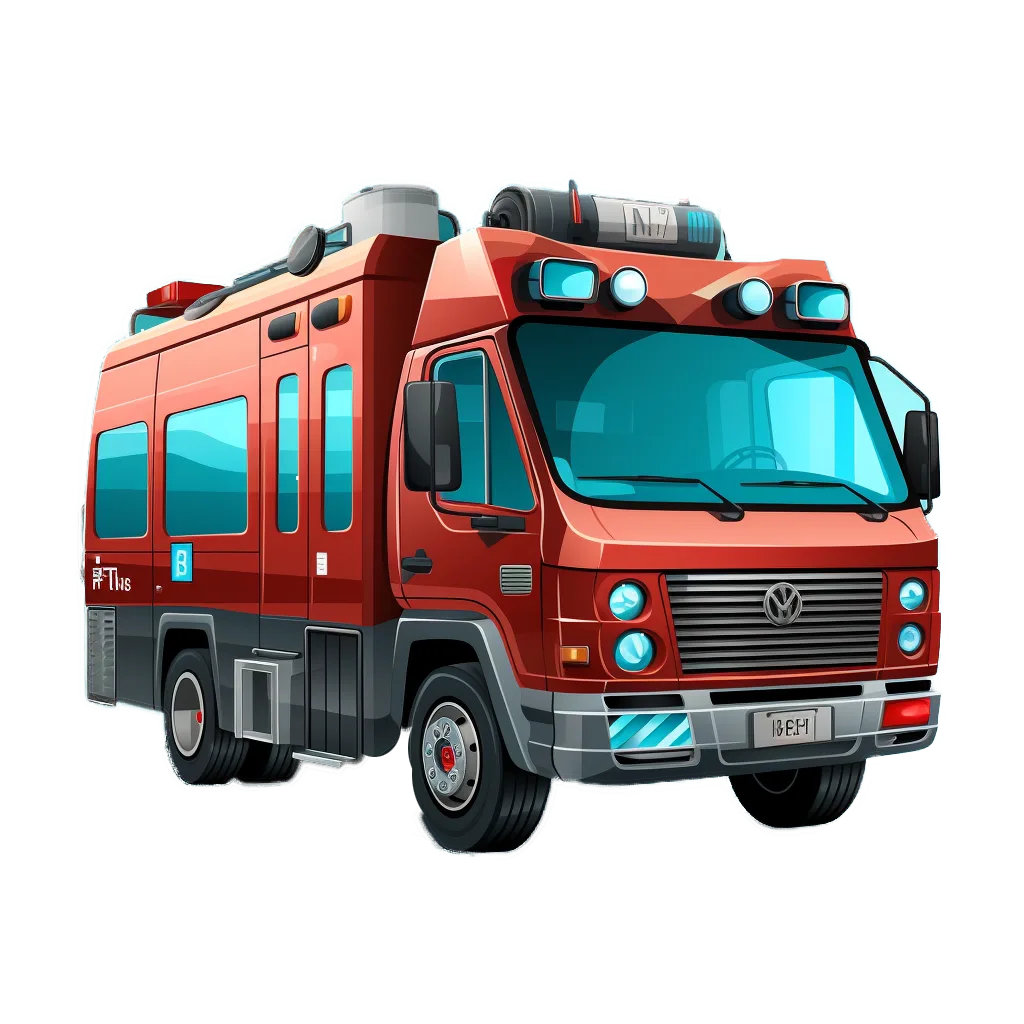
Emergency Police/Fire/Ambulance
911
Cozumel Tourist Police
+52 987 872 2143
Cozumel Municipal Police
+52 987 872 0212
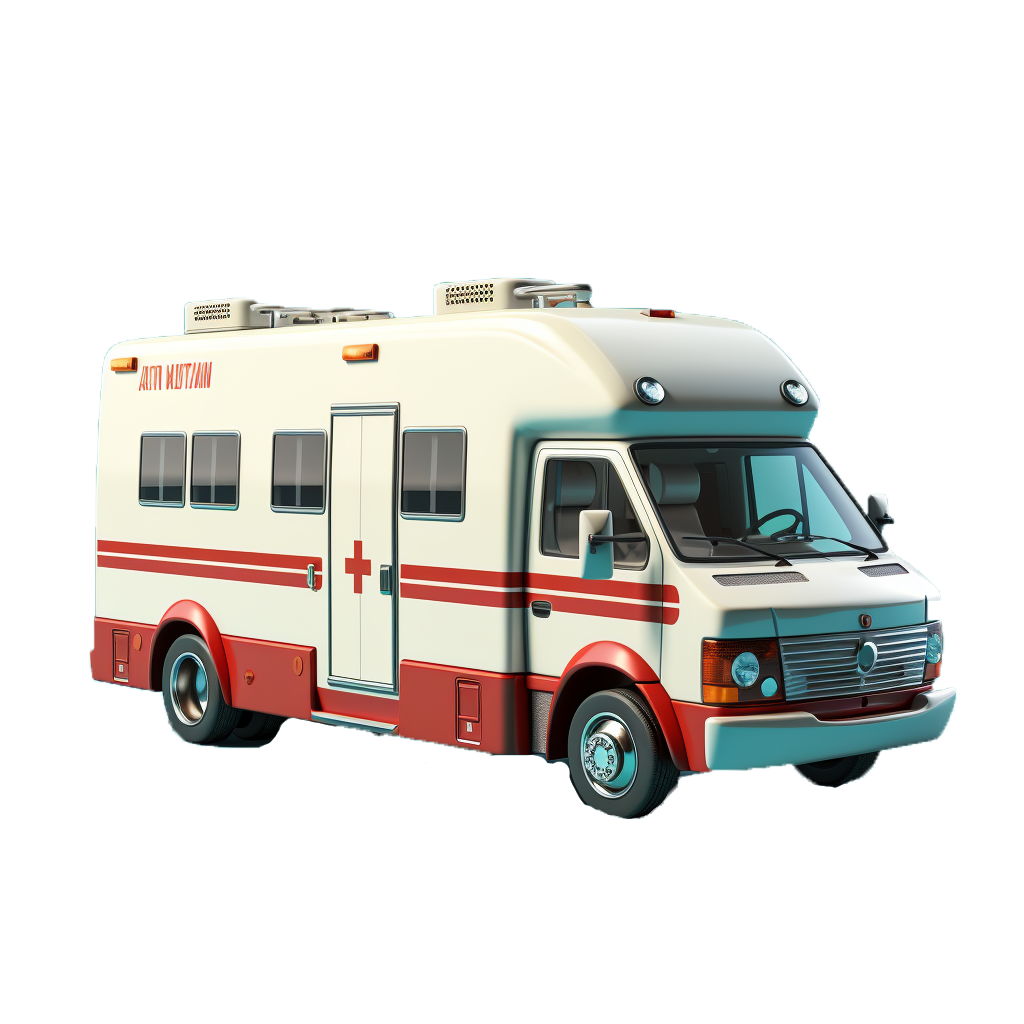
Cozumel General Hospital
+52 987 872 1430
Red Cross
+52 987 872 1055
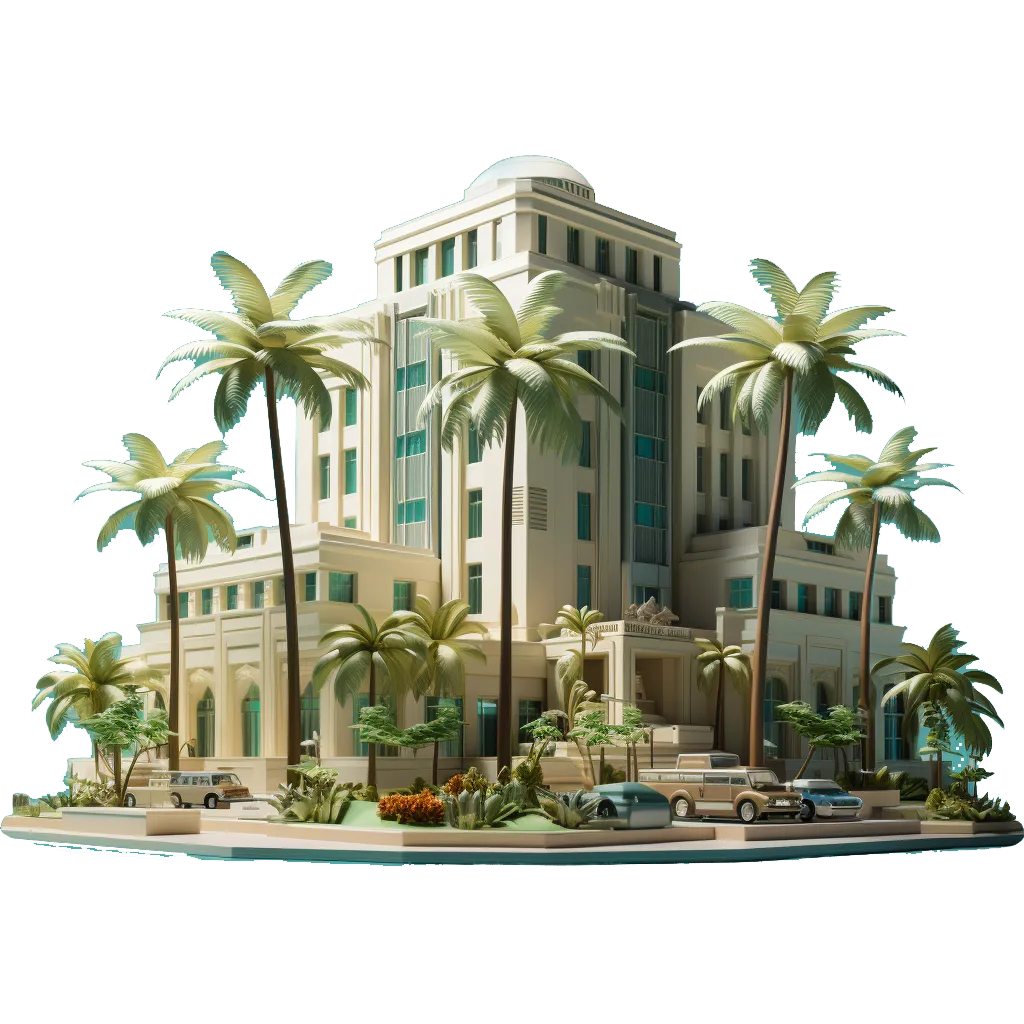
Israeli Embassy Emergency Number
+52 (55) 5416 6032
U.S. Consulate Genera
+52 999 942 5700
(Emergency Number+52 999 942 5700)
Canadian Consulate
+52 998 883 3360
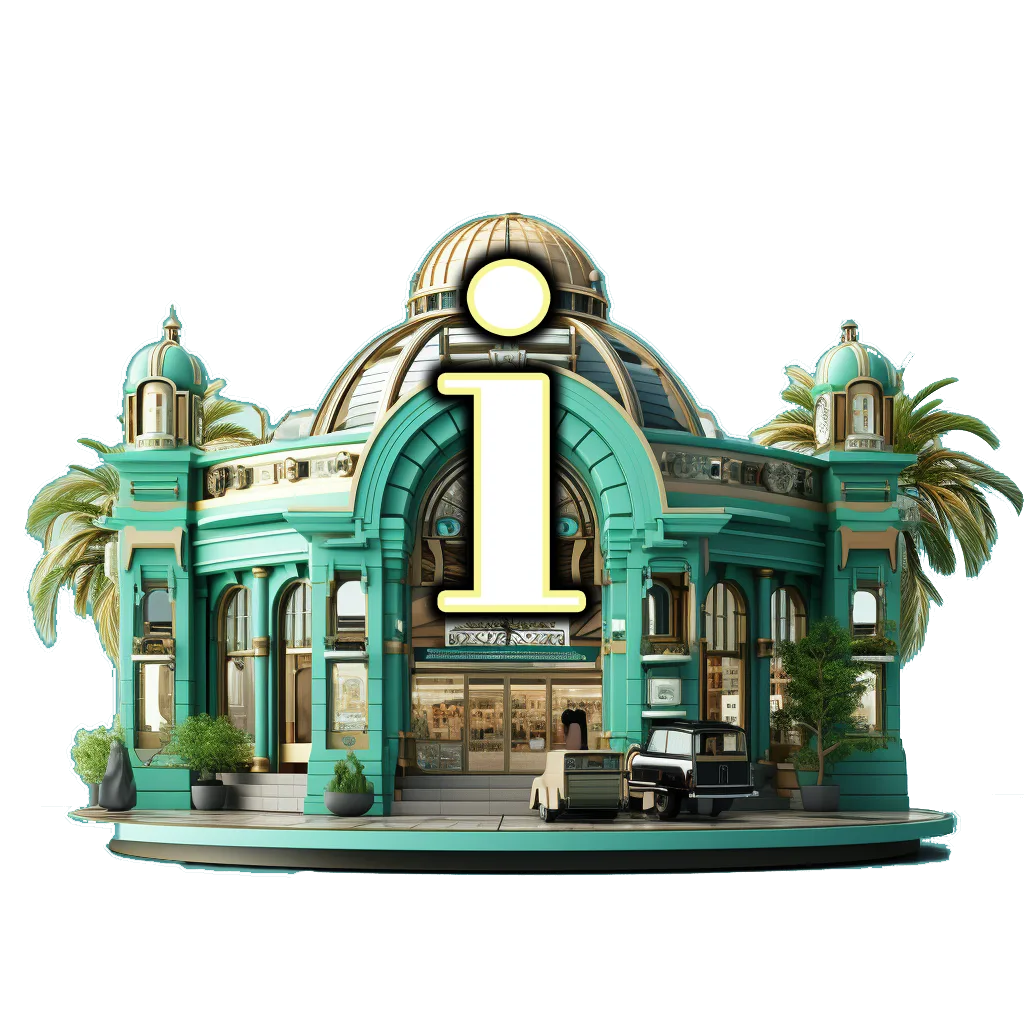
Cozumel International Airport
+52 987 872 2081
Cozumel Ferry Terminal
+52 987 872 0446 (Ultramar)
+52 987 118 3029 (Winjet)
Roadside Assistance
+52 987 869 0353

Cozumel1 Tourist Information Center
+52 987 140 5624
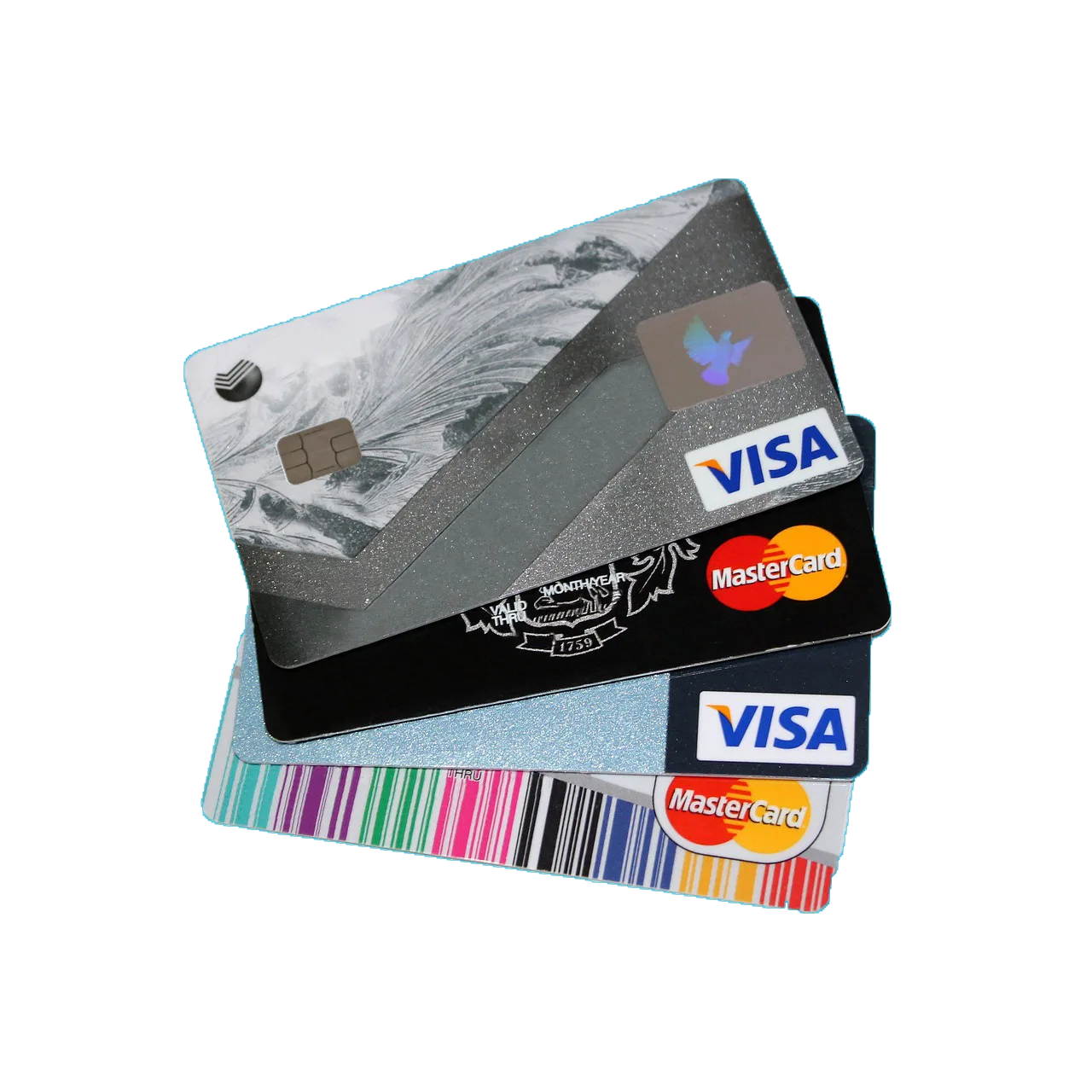
Visa
1-800-847-2911
Mastercard
1-800-627-8372
American Express
1-800-528-4800
It’s advisable to save these numbers in your phone or keep them readily accessible during your visit to Cozumel. Remember to check the local area codes and dialing instructions if you are calling from a foreign phone.
Greetings and Basics:
– Hello: Hola
– Good morning: Buenos días
– Good afternoon: Buenas tardes
– Good evening: Buenas noches
– Please: Por favor
– Thank you: Gracias
– You’re welcome: De nada
– Excuse me: Disculpe
– Yes: Sí
– No: No
– I’m sorry: Lo siento
Directions and Transportation:
– Where is…?: ¿Dónde está…?
– How much does it cost?: ¿Cuánto cuesta?
– Left: Izquierda
– Right: Derecha
– Straight ahead: Todo recto
– Bus: Autobús
– Taxi: Taxi
– Airport: Aeropuerto
– Ferry: Ferry
– Train station: Estación de tren
– Can you help me?: ¿Puede ayudarme?
Dining and Food:
– Menu: Menú
– Water: Agua
– Coffee: Café
– Breakfast: Desayuno
– Lunch: Almuerzo
– Dinner: Cena
– Vegetarian: Vegetariano/a
– Bill/Check: Cuenta
– I would like…: Me gustaría…
Accommodation:
– Hotel: Hotel
– Room: Habitación
– Reservation: Reservación
– Do you have any available rooms?: ¿Tiene habitaciones disponibles?
– Where is the nearest…?: ¿Dónde está el más cercano…?
Shopping:
– How much does it cost?: ¿Cuánto cuesta?
– I would like to buy…: Me gustaría comprar…
– Do you accept credit cards?: ¿Aceptan tarjetas de crédito?
– Can I try this on?: ¿Puedo probármelo?
Emergencies:
– Help!: ¡Ayuda!
– Police: Policía
– Doctor: Médico
– Hospital: Hospital
– I need assistance: Necesito ayuda
Remember to practice these phrases and use them when needed. The locals will appreciate your effort to communicate in their language, even if it’s just basic words and phrases.